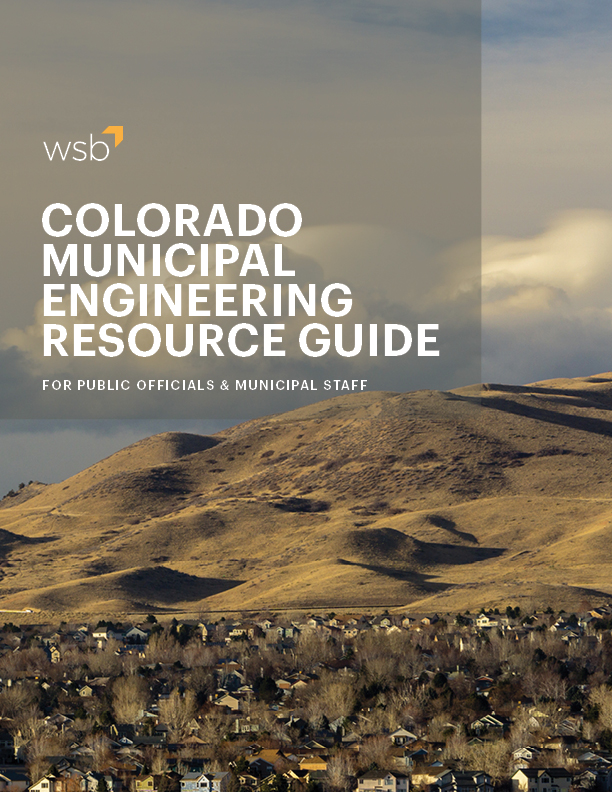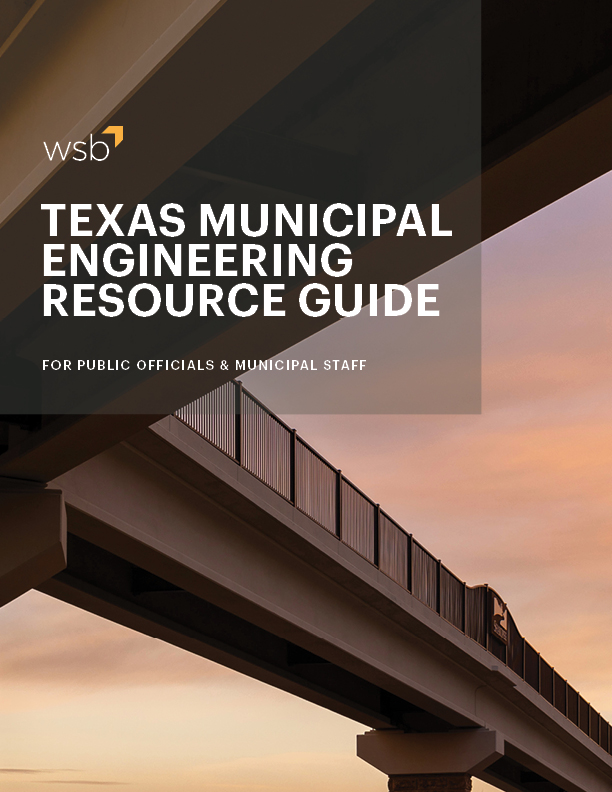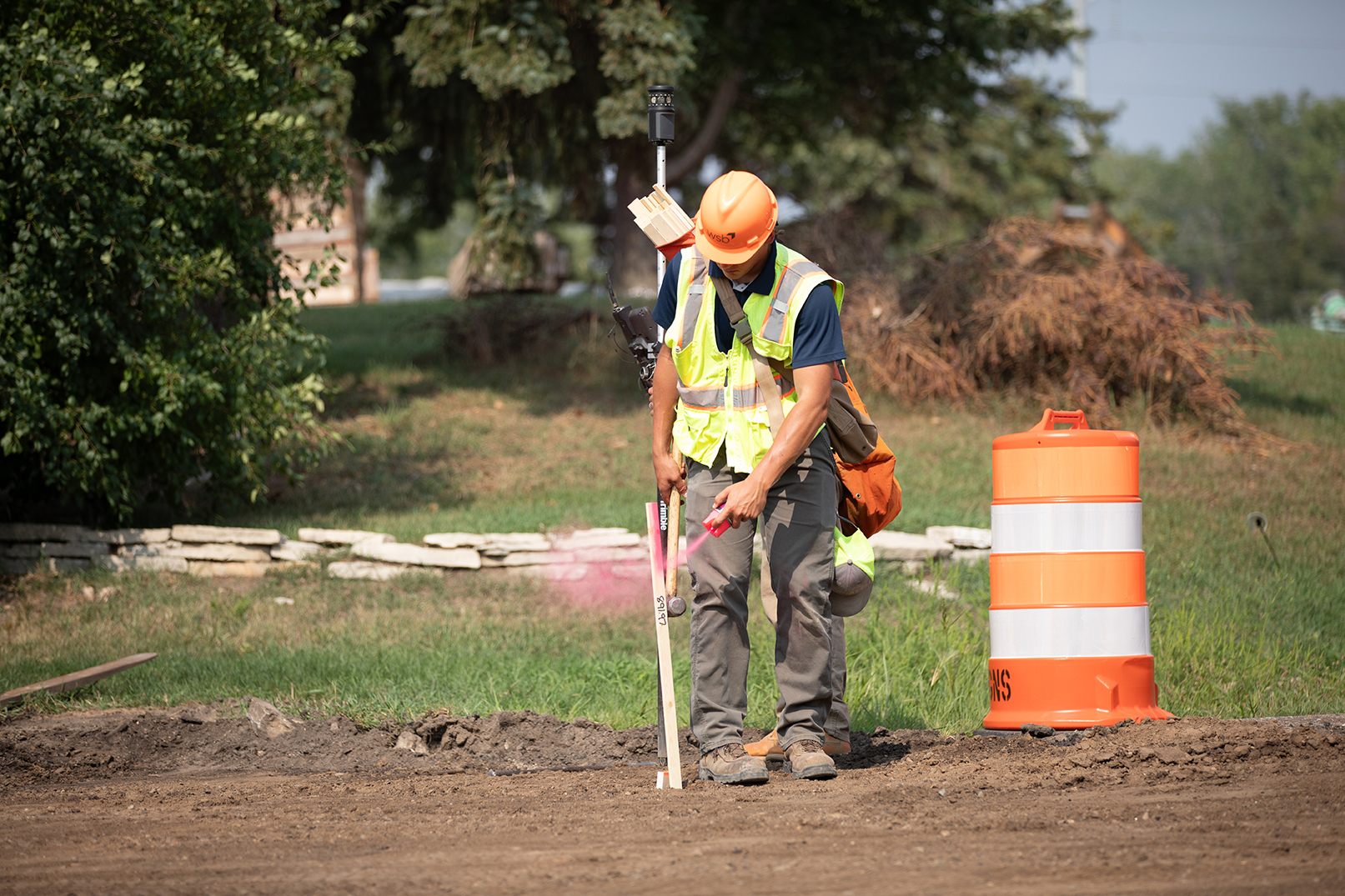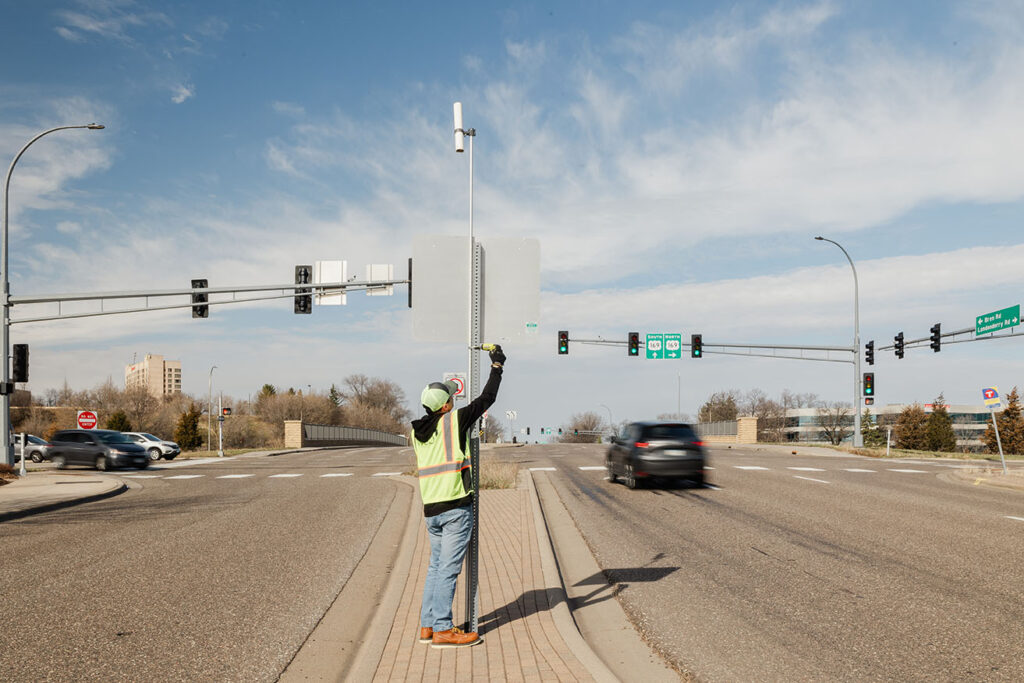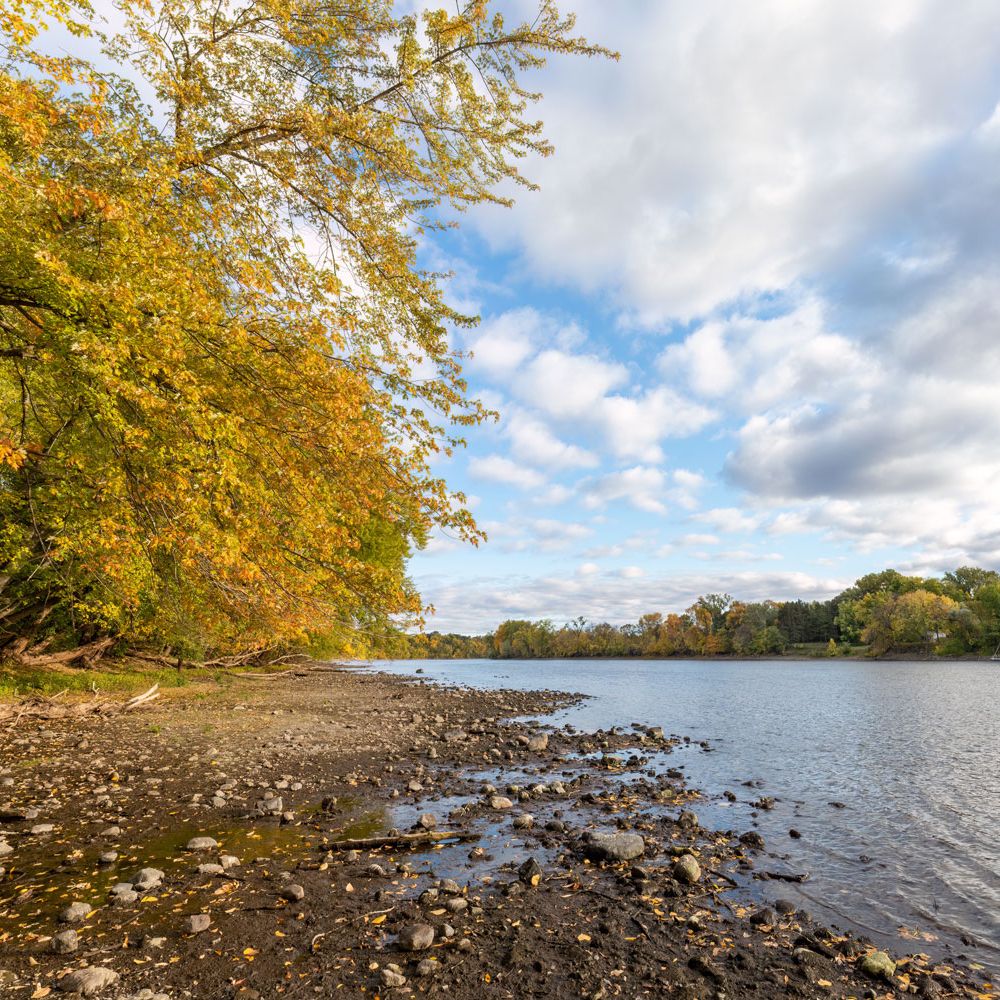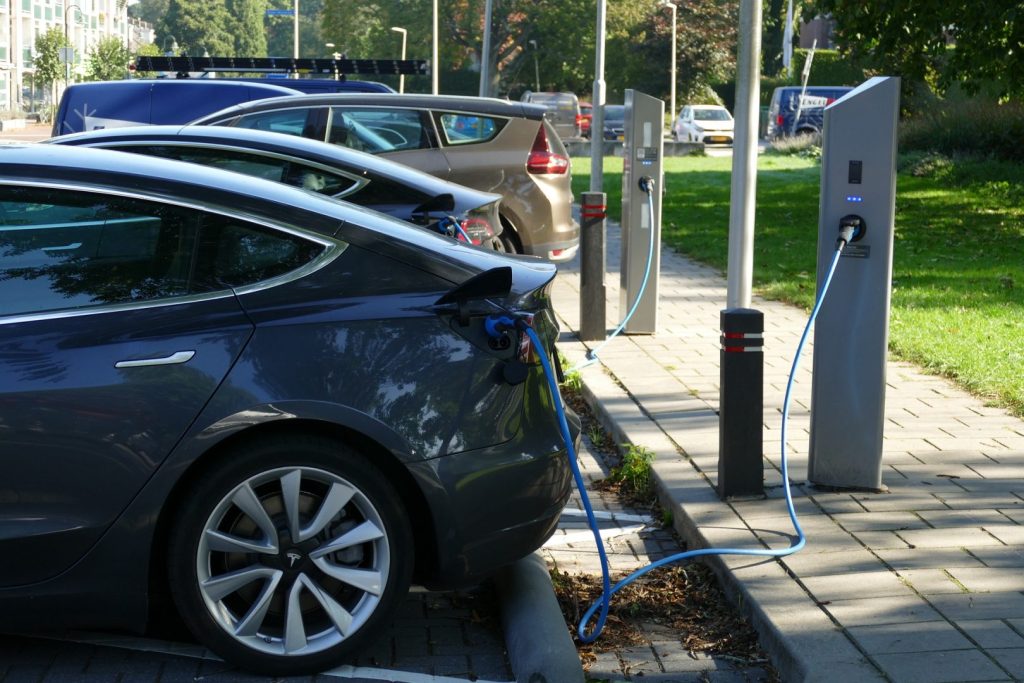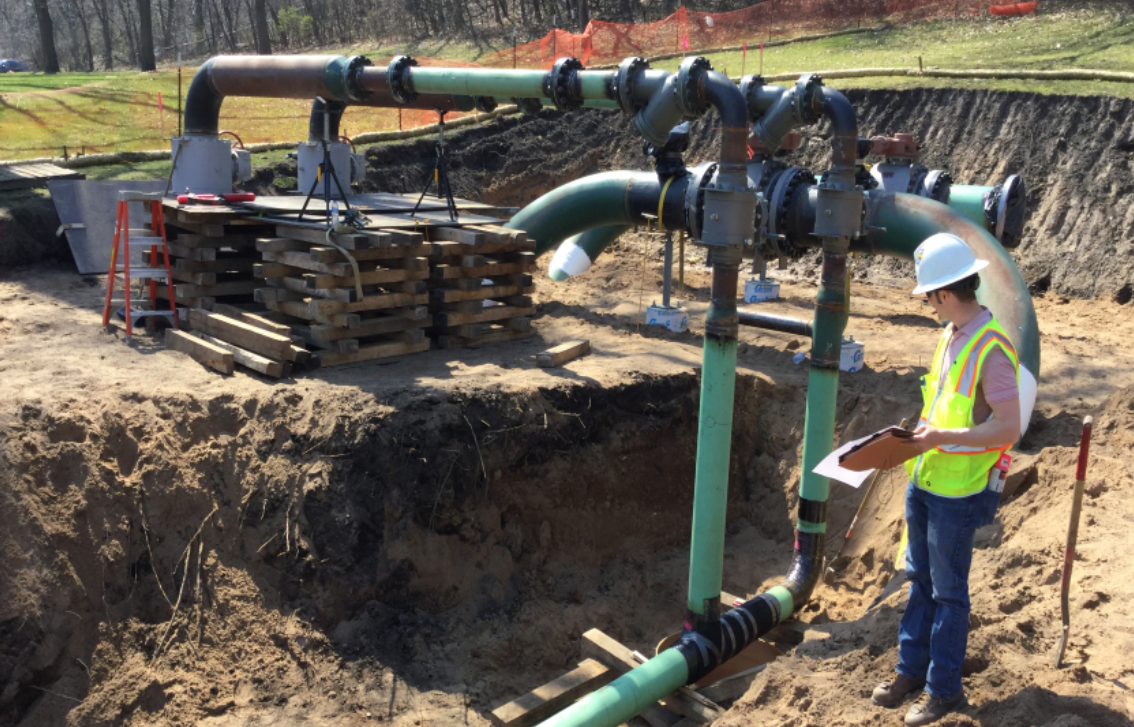John Gerlach, Director of Pipeline Field Operations, WSB
Learn how inspections and monitoring can keep your utilities running smoothly and safely.
Whether filled with natural gas to fuel and heat homes and
businesses or transporting liquid fuels from one location to another, most
communities have miles of pipes embedded underground with other critical
infrastructure. There’s a misconception that these lines are primarily located
in remote areas. In reality, pipeline infrastructure can be found beneath our
roadways and sidewalks or near homes, businesses, landmarks, parks and other
natural resources. Pipeline infrastructure can range from large, high-pressure
steel lines that serve cities and powerplants, to small plastic lines, used to
transport gas from the street to your home or place or business. These complex
networks require expertise to ensure the safety of people and the environment,
as well as reliable access to the fuels we need to enjoy hot showers, drive to
work and keep the lights on.
With increasing federal regulatory standards, now is the
time to become more focused on pipeline integrity and safety. WSB offers
inspections that help utilities and cities understand the condition of their
infrastructure, reduce costly and inefficient repairs, improve safety and
maintain the long-term integrity of these important pipelines.
Why hire a third-party inspector?
Pipeline inspectors can add value and security to any
project near utility lines. Most commonly, inspectors are hired to oversee the
contractors working on infrastructure projects such as roadway improvements or
utility replacements. When these projects interfere with the natural gas
system, pipeline inspectors who can recognize and mitigate potential risks are
invaluable.
Third-party experts can also be utilized to verify the
results of other inspections, like performing audits that identify pipeline
locations before a project is started. A second opinion can identify costly
errors before the damage is done. In our experience, an audit of locate work
finds mistakes roughly 30% of the time.
A new regulatory environment
Investigations into high-profile pipeline releases over the
past decade have prompted new regulatory recommendations and standards. Pipeline
releases can have devasting consequences to people and the environment
including fatalities, injuries, forced evacuation and damage to properties and
natural resources. In many cases, regulators – like the Pipeline and Hazardous
Materials Safety Administration and the National Transportation Safety Board –
require independent, third-party inspections of pipelines and pipeline
projects.
Technology advantage
New technologies have made evaluating pipeline integrity
more efficient. Rather than digging up pipelines under a densely populated area
to check for deterioration, a device can be sent through the line that shows anomalies
like corrosion and damage from past construction. Most pipes should be replaced
every 15 to 20 years. Since pipeline replacement projects are typically planned
in coordination with other infrastructure improvements, this type of check can
help communities identify which projects should be prioritized first.
WSB also offers real-time reporting on pipeline status
through an ArcGIS platform. This technology can detect an increase in pressure
or corrosion on the line and send notifications to technicians in the field.
At first glance, hiring an outside expert to ensure compliance and verify accuracy can appear costly. In the end, pipeline inspectors can make your project run smoothly, reduce issues in the field and reduce the risk of releases, accidents and other safety hazards. Reach out to WSB’s utility and pipeline experts today to learn more.
John Gerlach is a Director of Pipeline Field Operations with more than 30 years of experience. His expertise extends to pipeline design, construction inspection and safety and risk management.

